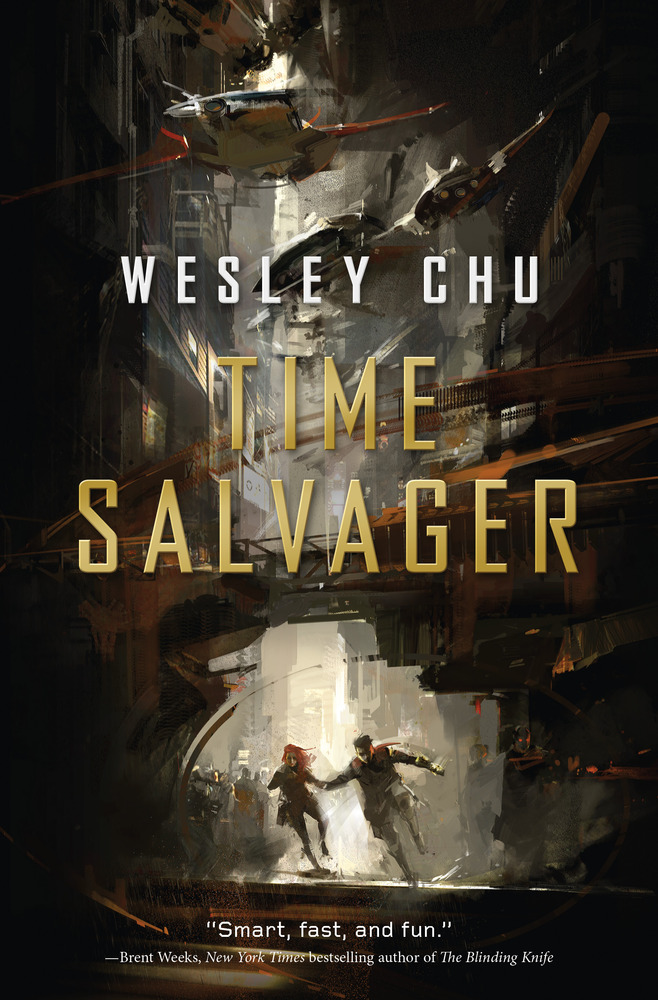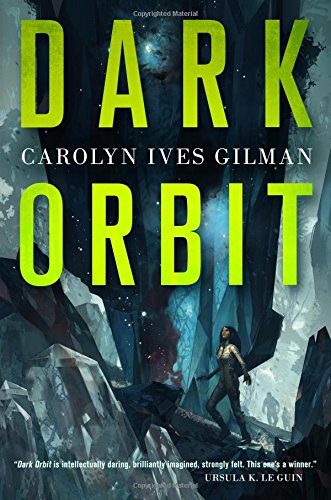Here it is, the Friday Round-up you have all be waiting to read!
Last week, two new things at SFFWorld. First off, my review of The Autumn Republic the spectacular finale to Brian McClellan’s Powder Mage Trilogy:
The Autumn Republic picks up where The Crimson Campaign left the characters: Tamas thought dead, yet still working on his return home, his son Taniel thought dead and desperate to find his lost companion Ka-Poel, the gods Kresimir and Mihali thought dead, and forces are occupying Adopest. Add to that the investigator Adamat separated from his family as he tries to finish the one last job so he can return to his family. But before that, much of the early narrative focuses on Nila and Borabor in their search for Taniel. Taniel once saved Borabor from being executed and Nila the former laundry girl is developing powers she fears, but must learn to harness for the greater good.…The gods in this world took a not-so-passive role in world events in the previous two volumes. However, though it may have seemed all the gods were dead or contained by the end of The Crimson Campaign, Brian shows that may not be the case. Beings thought of as gods don’t die easily; in this world they have lived for many years and have gained a great deal of experience in surviving. There are cards yet to be shown in this poker game and the reveal of some of those cards is both surprising at the outset of the reveal, and completely logical once the reveal settles.
The following day, my interview with Max Gladstone went live.
You’ve been lucky with the covers Chris McGrath has provided for your books; not only are they striking images, but there’s no whitewashing and each cover manages to provide insight to the diversity and wonder of your books. How important do you think cover art is in general and do you think McGrath’s imagery has helped your books?
Cover art is life. Art and design—and all the other sub-arts people talk about as “book packaging”—bring the reader into the story. They prime reader expectations, and present the particular book and the genre in general both to core readers and the wider public. (Think about deckled edges—yes, they’re sort of goofy and impractical, as Hank Green’s pointed out, but by evoking the bad old days when readers had to cut open the pages of their books themselves, they inspire a bit of subconscious awe even in readers who don’t know that history! This is a real book, they think as they struggle to turn the pages.) Whitewashing in cover design is such a big problem because of the message it sends about who is, and who is not, present, or welcome, in our weird conceptual playground.
I have been really fortunate in Chris McGrath’s covers. He has a great eye for character and expression; when I first talked through the cover for Three Parts Dead with Tor, I was really nervous about what we’d get—I had visions of bare midriffs if not skull bikinis—and Chris just knocked the Three Parts Dead cover out of the park. Combined with Irene Gallo’s amazing creative direction on the project, we ended up with a book—four books, now!—that I love holding in my hand.
My most recent review (posted this past Tuesday), Teresa Frohock’s wonderful debut novel, MISERERE: An Autumn Tale:
Much of the novel reads like a legal thriller, except that the legality involves a revolutionary and an 8-foot tall skeleton god. That may sound outrageous, but Gladstone makes the premise supremely natural and plausible. The city-state of Dresdiel Lex has not quite recovered from its liberation from the gods, despite their wards still being present. Enter three parties with great interest: The King in Red afore mentioned 10-foot skeletal god (what a simple, effective and cool name with gravitas, and yes, I gave two measurements for him, his size fluctuates); a local figure named Tan Batac; and a holy man named Temoc. A lawyer named Elayne Kevarian tries to keep the peace between the conflicting parties and ensure a peaceful deal can be had.…Gladstone keeps the tension high throughout the novel in scenes between the King in Red and Elayne as they try to reach some kind of agreement about what is best for the city. There is also palpable tension in scenes featuring Temoc and his family, especially after the lengths to which he goes in the hopes of securing some kind of peace for the city while striking at the heart of his enemies. Through these characters, Gladstone shows the weight of the changing world on their shoulders, how much a war in the past affects the survivors and informs their every action. Max does a great job of setting a relatively measured pace for the middle portion of the novel – the fall out of that aforementioned event – until the novel builds to a powerful climax that was pure fantasy adrenaline.
On Wednesday, my second Mind Meld for July went live at SF Signal, (second simply due to how the Wednesdays fall o the calendar)
Also at SF Signal, my July Mind Meld went live, wherein I ask Renay, Marc Turner, Ilana C. Myer, Kenny Soward, Marion Deeds, Eric Christensen, and Delilah S. Dawson the following:
Maybe you picked up the book and thought it might be a fun distraction and it really made you think. Maybe a friend kept recommending it and you kept putting it off and it blew you away. Maybe the book exceeded the hype. So tell us about it/them.



























